Increased Focus on Sustainability
Sustainability has emerged as a pivotal driver in the Upholstered Furniture Market. Consumers are becoming more environmentally conscious, leading to a demand for furniture made from sustainable materials and processes. Manufacturers are responding by incorporating eco-friendly fabrics and sourcing materials responsibly. This shift is reflected in market data, which shows that sales of sustainable upholstered furniture have increased by approximately 20% over the past year. As the trend towards sustainability continues to gain momentum, it is likely that the Upholstered Furniture Market will see further innovations aimed at reducing environmental impact.
Rising Consumer Demand for Comfort
The Upholstered Furniture Market is experiencing a notable increase in consumer demand for comfort-driven products. As lifestyles evolve, consumers prioritize relaxation and well-being in their living spaces. This trend is reflected in the growing preference for upholstered furniture that offers enhanced comfort features, such as ergonomic designs and soft materials. Market data indicates that sales of upholstered sofas and chairs have surged, with a reported increase of approximately 15% in the last year alone. This shift towards comfort-oriented furniture is likely to continue, as consumers seek to create inviting and cozy environments in their homes.
Influence of Interior Design Trends
The Upholstered Furniture Market is significantly influenced by prevailing interior design trends. As aesthetics play a crucial role in consumer purchasing decisions, the demand for stylish and contemporary upholstered furniture is on the rise. Designers are increasingly incorporating upholstered pieces that align with current trends, such as minimalism and eco-friendly materials. Market analysis suggests that the segment of upholstered furniture featuring bold colors and unique textures has seen a growth rate of around 12% in recent years. This alignment with design trends not only enhances the appeal of upholstered furniture but also drives its market growth.
Growing Urbanization and Space Constraints
Urbanization is a significant factor influencing the Upholstered Furniture Market. As more individuals move to urban areas, the demand for space-efficient furniture solutions is increasing. Upholstered furniture, known for its versatility and compact designs, is particularly appealing to urban dwellers facing space constraints. Market data suggests that the sales of multifunctional upholstered pieces, such as sofa beds and storage ottomans, have risen by approximately 18% in urban markets. This trend indicates a shift towards practical and stylish furniture options that cater to the needs of city living, thereby propelling the growth of the Upholstered Furniture Market.
Technological Advancements in Manufacturing
Technological advancements are reshaping the Upholstered Furniture Market, enhancing production efficiency and product quality. Innovations such as automated manufacturing processes and advanced upholstery techniques are enabling manufacturers to produce high-quality upholstered furniture at a lower cost. This not only improves profit margins but also allows for greater customization options, appealing to a broader range of consumers. Market Research Future indicate that the integration of technology in furniture production has led to a 10% reduction in manufacturing time, thereby increasing the overall output of upholstered products. This trend is expected to continue, further driving market growth.



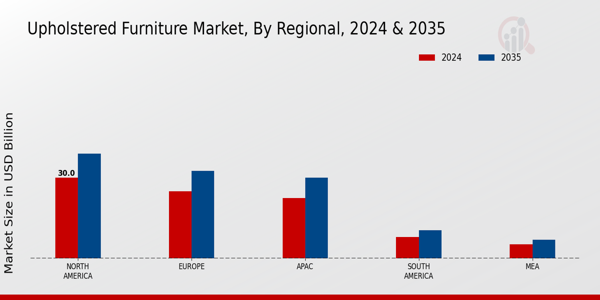
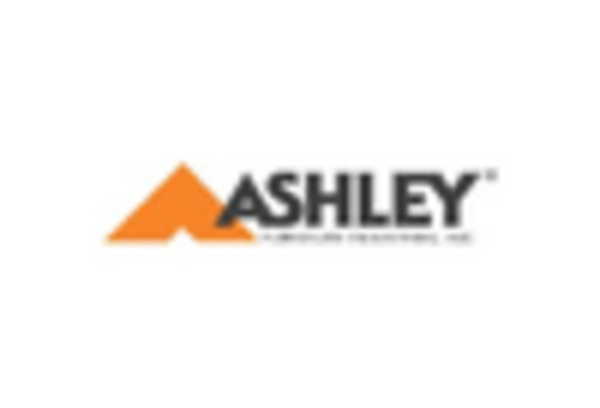
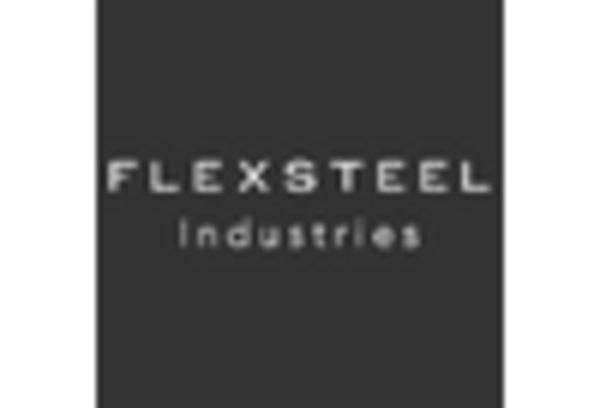

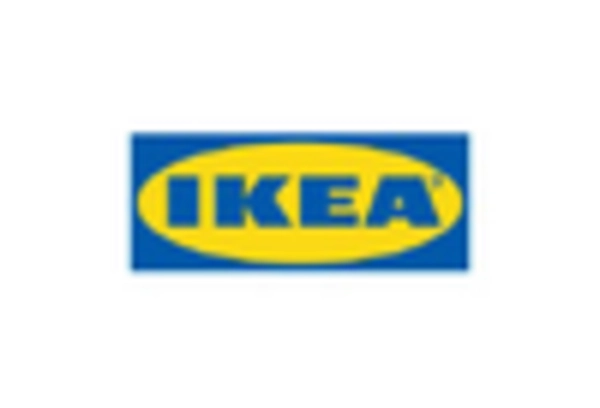

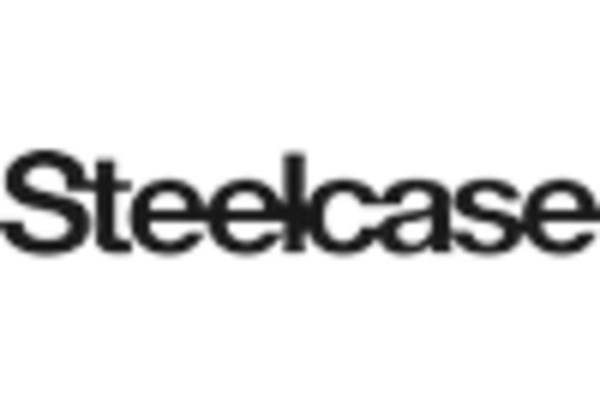








Leave a Comment